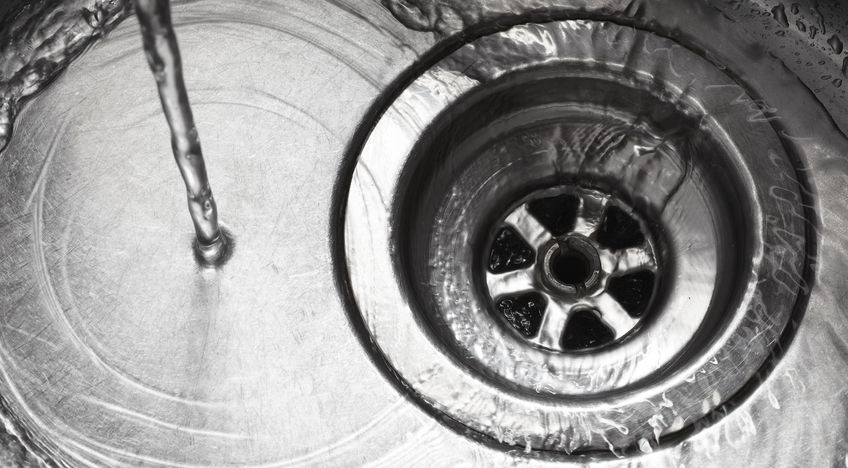Ten recommendations from Gordon Food Service to help operators cut down on pre-consumer food waste, water and energy. Which ones are you doing?
By Susan Saldibar
Gordon Food Service (a Senior Housing Forum partner), recently shared some pretty amazing facts about kitchen waste. I didn’t know this, did you?
-
4-10% of the food purchased by an organization is wasted.
-
Costs from over-production of food add up quickly. A mere 15 unused portions of one recipe, at $.75 each, can cost an organization up to $4,000 per year.
-
One leaky kitchen faucet can cost an organization up to $1,400 per year.
-
Outdated lighting increases an organization’s electric bill by as much as 75%.
(Data courtesy of LeanPath, Foodservices Technology Center.)
Wow. That’s real money down the drain; money that today’s senior living communities could put to good use. Plus, it makes sense today more than ever, for operators to run their communities in a way that is sustainable and environmentally responsible.
10 Ways to Put It Back Into Your Community
Here are ten recommendations from Gordon Food Service to help operators cut down on pre-consumer food waste, water and energy. Which ones are you doing?
-
Food Purchasing: Begin by purchasing the right food product for the right use. Also, make sure you order the correct quantities to reduce spoilage.
-
Food Storage: Adopt a FIFO (first in, first out) strategy for using stored foods. That means keeping first-to-expire items at the front of your storage area and working backwards. Make sure your food items are covered and labeled correctly.
-
Menu Planning: Plan your menus to align with preferences of your clientele. Whenever possible, cross-utilize products. For example, use the fresh spinach that you purchase in more than one recipe.
-
Standardized Recipes: Use recipes with calculated yields and portions sizes. This is key in reducing over production.
-
Food Production Tools: Use scoops to assure staff is practicing portion control, and proper trimming knives to make sure you are using efficient trimming techniques. For example, use a small knife to trim fruits and vegetables to properly remove stems and cores.
-
Water Use: Instead of using running water to thaw frozen foods, use other approved methods such as naturally thawing foods in the refrigerator.
-
Water Faucet and Pipe Maintenance: Fix leaky faucets and dripping pipes. That tiny drip or small wet spot under the sink looks harmless, but can represent gallons of water waste that a twist of a wrench or reinforcement of a pipe can eliminate.
-
Lighting Efficiency: Use energy-saving florescent lighting with occupancy sensors (known to cut up to 75% from lighting costs).
-
Appliances: Make sure your kitchen appliances are energy efficient (think EnergyStar). Schedule regular cleaning and maintenance of all your equipment.
-
Staff Awareness and Training: Eliminating waste starts with making sure all your employees are aware of the way their actions can impact waste streams.
Eliminating waste in these ten areas will, collectively, create an environment that will not only save your community money, but will help eliminate old, wasteful habits and replace them with sustainable, responsible ones.
Don’t think this is a big deal? Here’s who does.
Maybe you have bigger issues and you really don’t care about all this. But you may start finding out there are those who do care. Increasing numbers of younger employees are asking questions about their work environment. And words like “sustainable” and “green” have real meaning to them.
And, one more thing you may not know. According to Gordon Food Service, food waste is the single largest component found in landfills. And food waste contains methane, which causes 21 times the global warming effect of carbon dioxide.
Why wouldn’t you want to take action? And if you don’t, what is that saying about your community?
Download Gordon Food Service “Waste Not Save a Lot” ideas HERE.
To learn more about Gordon Food Service, click on the logo button below:
Click on the button below to download a PDF copy of this article:










